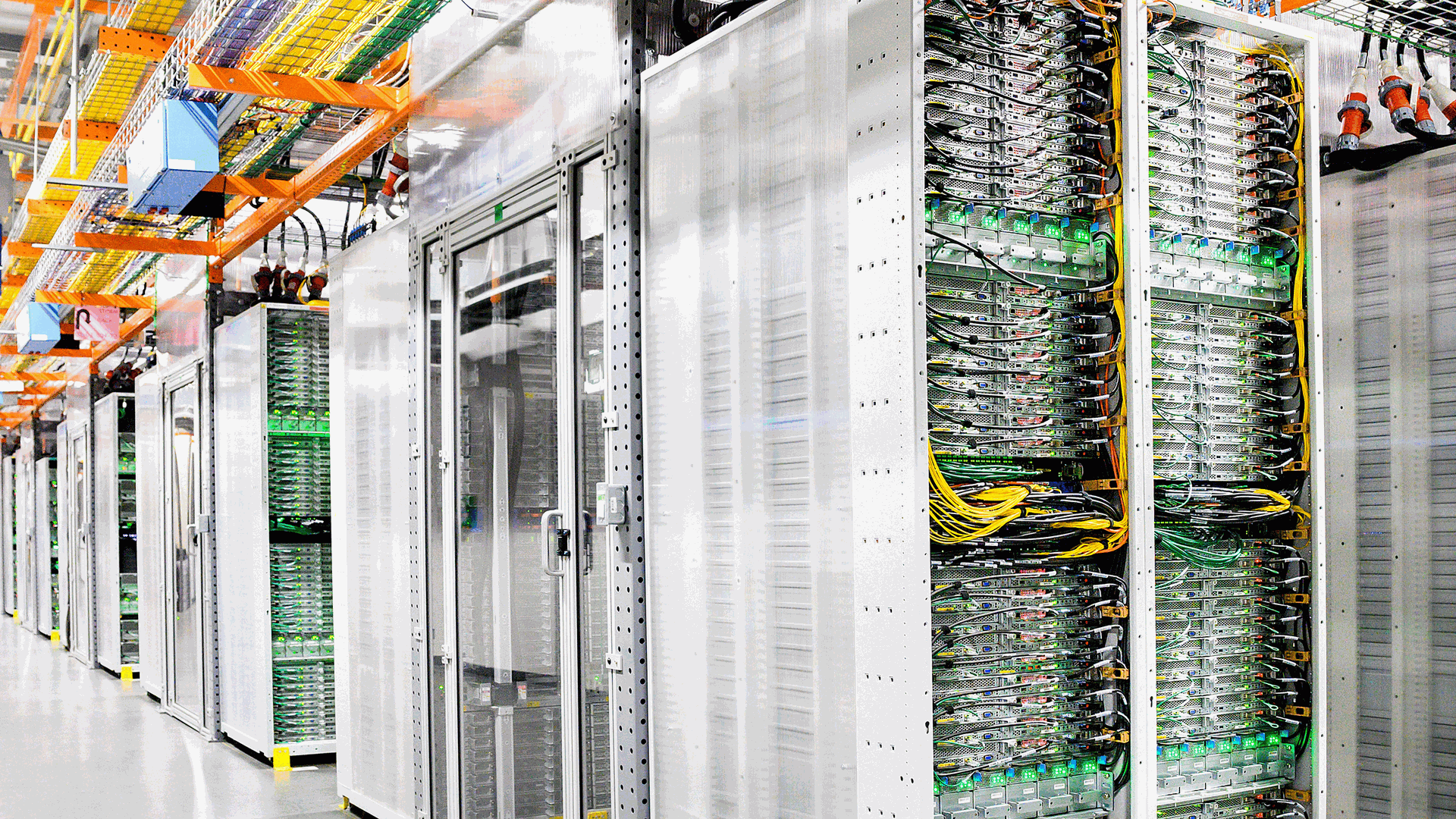Imagine a leap in computing so significant it feels almost mountainous in scale. That’s the ambition behind AWS Project Rainier, a groundbreaking initiative to create one of the world’s largest and most advanced AI compute clusters. By leveraging an unprecedented number of custom-built Trainium2 chips, AWS is redefining what’s possible in artificial intelligence research and deployment.

Unleashing Next-Level Compute for AI Breakthroughs
Project Rainier spans multiple U.S. data centers and is designed to deliver unparalleled infrastructure for training sophisticated AI models. Leading innovators like Anthropic will be among the first to benefit, utilizing this “mountain of compute” to develop future iterations of the Claude AI model.
AWS’s Annapurna Labs expects Rainier to provide five times the computing power of Anthropic’s current clusters, setting the stage for more intelligent and capable AI systems.
Trainium2 Chips: The Engine of UltraScale AI
Central to Rainier’s capabilities are Trainium2 chips, engineered to handle the massive data volumes that AI models demand. Each chip is capable of executing trillions of calculations every second, compressing what would take humans centuries into a matter of minutes.
The architecture’s real innovation is in its deployment: UltraServers combine four physical servers, each with 16 Trainium2 chips, interconnected via high-speed NeuronLinks. This setup eliminates network bottlenecks, allowing thousands of servers to work together as an UltraCluster with seamless communication and efficiency.
Optimized Reliability and End-to-End Control
Orchestrating a compute cluster of this magnitude requires exceptional reliability and agility. AWS’s approach, designing its own chips, servers, and data centers, enables optimization at every stage.
This vertical integration leads to faster troubleshooting, continuous innovation, and fine-tuned efficiency across hardware and software layers. The result is a robust, flexible infrastructure ready to handle the most demanding AI workloads.
Sustainability at Super Scale
Sustainability remains at the core of AWS’s mission, even at this extraordinary scale. In 2023, Amazon matched all of its electricity use with renewable energy and remains the largest corporate purchaser of renewables globally.
AWS is also investing in nuclear power, battery storage, and other renewable projects to keep its operations carbon-free. New data center designs are projected to reduce mechanical energy use by up to 46% and lower embodied carbon in building materials.
Water usage is another area of focus. Many facilities now utilize outside air for cooling, dramatically cutting water consumption. For example, Indiana data centers supporting Project Rainier will operate without cooling water for half the year, and AWS’s overall water efficiency has more than doubled the industry average, a 40% improvement since 2021.
A Blueprint for the Future of AI
Project Rainier is more than a hardware achievement, it’s a model for how large-scale AI infrastructure can drive progress across diverse industries, from healthcare to climate science. By controlling every aspect of the technology stack and prioritizing sustainability, AWS establishes a new benchmark for cloud computing and AI advancement.
Takeaway: Ushering in a New Era for AI Innovation
Much like Mount Rainier dominates the landscape, Project Rainier stands as a symbol of the next chapter in AI infrastructure. Its sheer scale and innovation could mark a pivotal turning point, empowering researchers and enterprises to address challenges once considered unsolvable. The future of artificial intelligence, bolstered by advances like Trainium2 and eco-friendly mega-computing, is rapidly approaching.
Source:Amazon Blog

AWS Project Rainier Is Shaping the Future of AI Compute Power